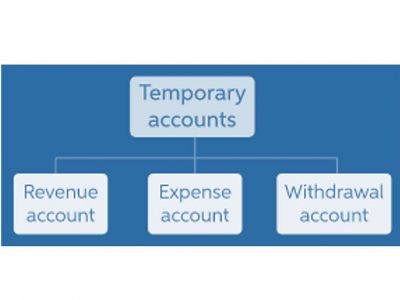
In this section, we will delve into the concept of Conversion Cost Variance and explore how it can be measured and analyzed. Conversion costs refer to the expenses incurred during the transformation of raw materials into finished goods. Conversion cost, as the name implies, is the total cost that a manufacturing entity incurs to transform or convert its direct materials into salable or finished product. Typically, it is equal to the sum of entity’s total direct labor cost and total manufacturing overhead cost. In this section, we will delve into the concept of the conversion cost ratio and its significance in cost accounting and management. The conversion cost ratio measures the proportion of conversion costs to the total manufacturing cost, providing valuable insights into the efficiency and cost-effectiveness of the production process.

How to Calculate Conversion Cost Formula Example
- By analyzing the conversion cost ratio and its components, businesses can gain valuable insights into their cost structure, identify cost-saving opportunities, and optimize their manufacturing processes.
- Managers can view this information on the importance of identifying prime and conversion costs from Investopedia, a resource for managers.
- If it is not, such as just one or two conversions from 1,000 clicks, consider pausing the keyword.
- These costs are mainly made up of two costs, on the one hand that of labor and on the other hand that related to the transformation or manufacturing process.
- Manufacturing overheads used in calculating conversion costs are the overheads that cannot be attributed to the production process or a single unit in production, for example, rent or electricity.
The total of direct labor costs and manufacturing overhead costs gives you the conversion cost for a specific period (e.g., a month or a quarter). Rather, such expenses are considered as indirect labor which goes to the entity’s total manufacturing overhead cost (discussed later in this article). Examples of such expenses include the salaries of production supervisor and factory watchman etc. Conversion Cost Variance is a crucial metric for cost accounting and management.
Understanding Direct Conversion Costs

Direct labor costs are the wages and benefits paid to the workers who directly work on the product. Manufacturing overhead costs are the indirect costs that support the production process, such as utilities, rent, depreciation, maintenance, etc. These costs include wages, salaries, and benefits paid to workers directly involved in the production process. For instance, assembly line workers, machine operators, and quality control personnel contribute to the conversion process. Their time and expertise are essential for turning raw materials into usable products.
Prime cost and conversion cost
- How to use conversion cost for management purposes, such as setting prices, budgeting, and performance evaluation.
- Samsung has a cell phone production unit with a production capacity of 10,000 daily it incurs day-to-day expenses to keep its business running.
- The true cost a company uses in the process of turning raw materials into finished goodsincludes both overhead and direct labor.
- Calculating conversion costs is crucial for businesses to manage production expenses, set competitive prices, and make informed decisions about scaling production or optimizing efficiency.
- Natasha Howe, wealth manager and vice president at Siebert Financial, says the best time to do a Roth conversion is towards the end of any year in which you have received the least amount of taxable income.
This means that the toy company spends $10 on direct labor and manufacturing overhead for each doll it produces. How to use conversion cost for cost accounting purposes, such as assigning costs to products, inventory valuation, and variance analysis. Manufacturing cost is the cost that company spends to support the production process but they cannot allocate to each product. They are the indirect cost that incurs to support the manufacturing, but it is very challenging to apply the cost to each production unit. In accounting summary, managing and reducing conversion costs requires a holistic approach, combining process optimization, strategic partnerships, employee engagement, and technological advancements.
For the final assembly of cars, they rented heavy-duty machinery for ₹80,000 and paid ₹50,000 as the electricity bill. If it is not, such as just one or two conversions from 1,000 clicks, consider pausing the keyword. You see which of your campaigns have the lowest cost per conversion, preferably compared to high values for those conversions, and focus your efforts and budget on them. Remember that you can define conversion however you want, such as conversion cost formula the number of sales and number of operating leverage dol formula + calculator signups for your email list. The following are some of the most commonly used conversion metrics when assessing conversion cost. Each has its own example of how you would assess conversions with your given definition for the conversions.

In this section, we will delve into the intricacies of calculating the total cost involved in converting raw materials into finished goods. Understanding the conversion cost formula is crucial for effective cost accounting and management. Retail Accounting By analyzing the various components of conversion costs, businesses can make informed decisions to optimize their production processes and enhance profitability.
